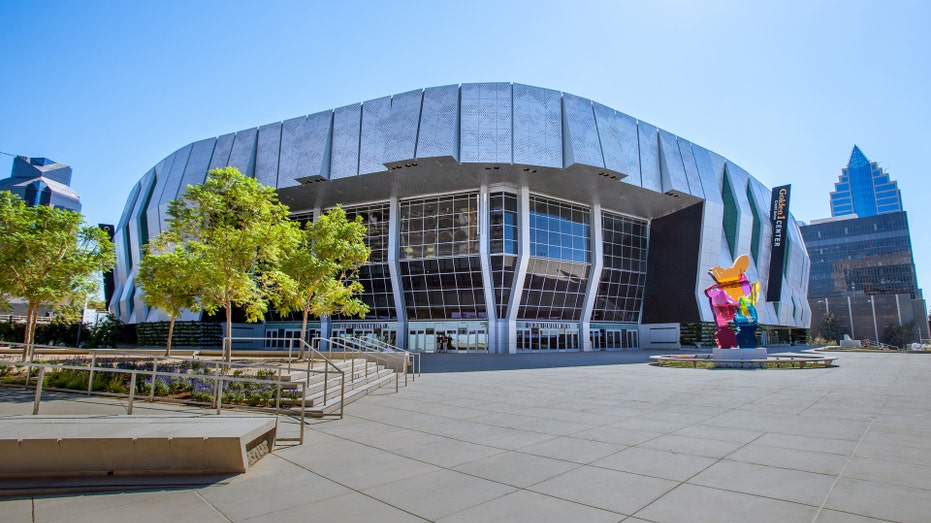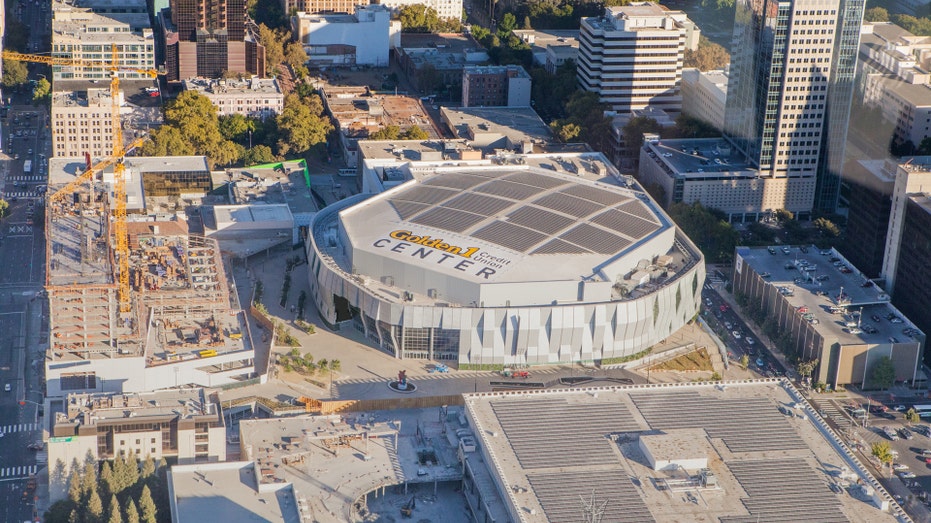Why the Atlanta Falcons Are ‘Going Green’ in 2017

While the Atlanta Falcons prepare to meet the New England Patriots this weekend in Houston for Super Bowl LI, the lights will soon go out forever at the team’s home since 1992, the Georgia Dome.
Beginning with the 2017-2018 season, the Falcons will have a new “home”— the under-construction Mercedes-Benz Stadium. The $1.5 billion venue will feature both state-of-the-art technology and environmentally-friendly features, keeping with some of the latest trends in stadium construction and “go green” initiatives.
Those trends—specifically in the NFL—started 10-20 years ago with the Philadelphia Eagles, according to Scott Jenkins, general manager of Mercedes-Benz Stadium and president and chairman of the Green Sports Alliance.
“It was the first comprehensive sports sustainability program of a professional team,” said Jenkins, who helped open the Eagles’ Lincoln Financial Field, and more recently worked as vice president of ballpark operations with the Seattle Mariners.

To date, nearly 400 sports teams—including most NFL teams, all NHL and MLB teams—and venues from 14 countries have joined the Green Sports Alliance, whose mission is to leverage “the cultural and market influence of sports to promote healthy, sustainable communities.”
“I think [sustainability] is going to continue to grow and become more of the norm, rather than the exception—and I think that’s already the case,” said Jenkins. “But when sports tries to tell that story, I think the cultural influence of sports can have a dramatic impact.”

Jenkins added that in addition to the enviro-friendly initiatives of individual teams, the league itself has continued to push environmentally-friendly programs. In the weeks leading up to Sunday’s Big Game, the NFL has dedicated various events to address the “impact of energy, waste and food.”
And many of Atlanta’s hometown fans will be pleased with the “greener” new stadium. According to a Falcons’ fan survey, which polled 2,000 season ticket holders, “66% of fans strongly agree or agree with the statement: ‘I think it is important for the Falcons to be environmentally friendly’ and only 4% of fans either somewhat disagree, disagree or strongly disagree with the statement.”
Though Jenkins said it was too early to predict a dollar amount for savings that may come from the stadium’s sustainable features, he explained that during his tenure with the Seattle Mariners the team saved “a couple hundreds of thousands.”
“If you’re looking at what it costs to sign a player, it’s not big money,” he said. “But, when you’re looking at an operating budget, you can save $300,000 a year and green your brand and create corporate partnerships around some of the initiatives you’re doing, you’re adding value to the team.”

Other teams from different leagues are also building sustainable stadiums. For example, the NBA’s Sacramento Kings also have a new, sustainable stadium that opened in October 2016.
The team’s Golden 1 Center was certified LEED – Leadership in Energy and Environmental Design – Platinum by the U.S. Green Building Council.

The Kings’ arena, which cost more than $550 million to build, features roof-top solar panels, which according to the team provides 15% of the arena’s overall electric needs. The arena receives the rest of its power from the Sacramento Municipal Utility District, through the Rancho Seco Solar Array—a 10.9-megawatt generating facility Southwest of California’s capital city.
For the Kings, the motivation to build a more environmentally friendly venue, which also features ultra-low-flow plumbing and the use of wind to regulate temperature – was simple.
“It’s become profitable for us. When you are authentically green, you attract other partners who want to be authentically green as well. So from our standpoint, yes, there are energy savings from being the most sustainable sporting venue on the planet, but there are also partnership benefits that come from it,” Kings President Chris Granger said.



















